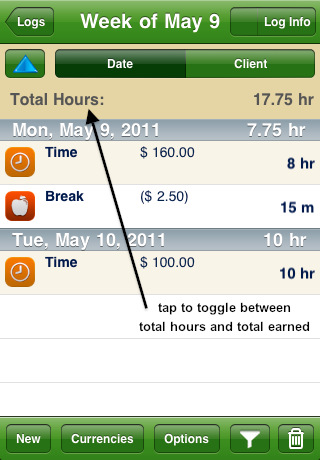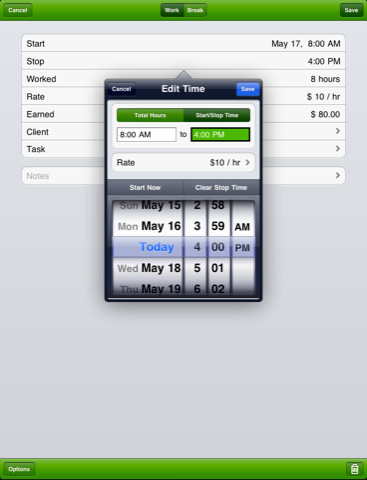Very, very few of us spring fully-formed like Athena from the head of Zeus. And very, very few of us are graphic design prodigies. Those who are often hire people like me to do the practical and boring work of executing their brilliance. And me? I bask in the glory of learning how their minds work.
Sometimes I freelance on-site for companies. I may be helping during a busy time, or I may be covering for someone who is on leave, or maybe I’m assigned to a short term project. For instance, a few years ago, I was asked to help the “Soft Home” department of a national retailer prepare a number of bedding files for release to the factory. I’d never worked with textile files, but once I had the specs the process wasn’t much different than releasing files for print. I simply needed to stay organized, dot my i’s, cross my t’s and think of England.
I finished faster than expected and needed something to do for the rest of the day. The department manager asked if I could draw. Yes. I’m an illustrator first and foremost, and I can draw. He asked if I could draw jewelry trees. “If you show me what a jewelry tree is,” I replied. I’m not really a jewelry tree kind of gal, I guess. He spent a few minutes showing me various jewelry trees and explained that the “Hard Home” department needed to sketch a number of potential products for factories in Asia to prototype so the buyers could make decisions for next year’s line. Could I draw a handful of jewelry trees with various floral motifs?
Now, I’m not a product designer. Never said I was. And I wasn’t hired to sketch jewelry tree prototypes. But I was getting paid for the day and I’m game for something new. I ended up staying on that job for five months longer than I was initially contracted, drawing jewelry trees and frames and desk accessories and a whole bunch of fun Halloween products and learning a ton about how these products are developed and produced.
In the same way I’ve learned how to design soccer balls and goalie gloves for Brine/Warrior Sports. I learned how to manage and update an enormous CMS for a major medical manufacturer. I’ve developed labeling and packaging for an upstart craft brewery. I showed up, I listened, I used the experience I already have to ask smart questions and I turned down no challenge. I could probably extrapolate that and say it’s how I’ve raised my son, as well.
Being intelligent is not knowing all the answers. Being intelligent is being open to new experiences and knowing where to look for the answers. An intelligent designer will grow with your business and find the right solutions to create your brand and communicate your message.

